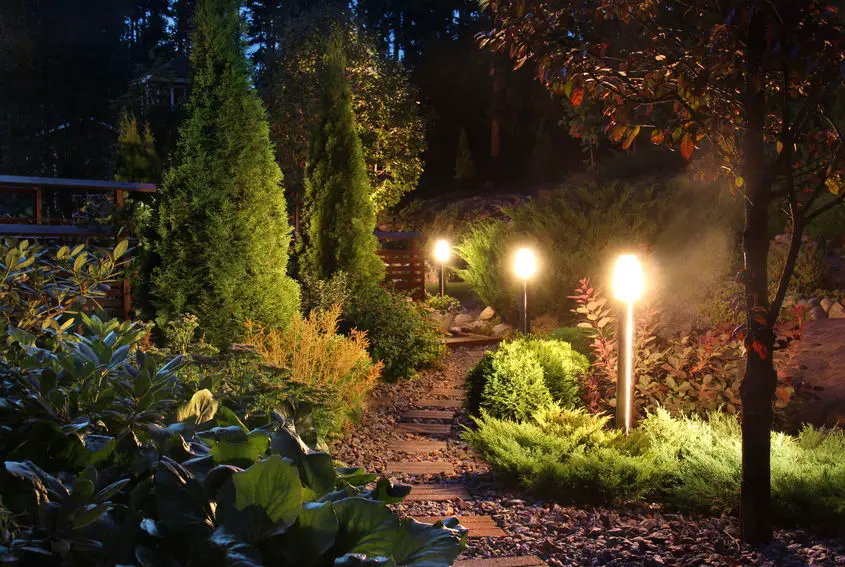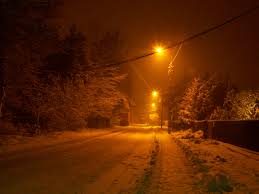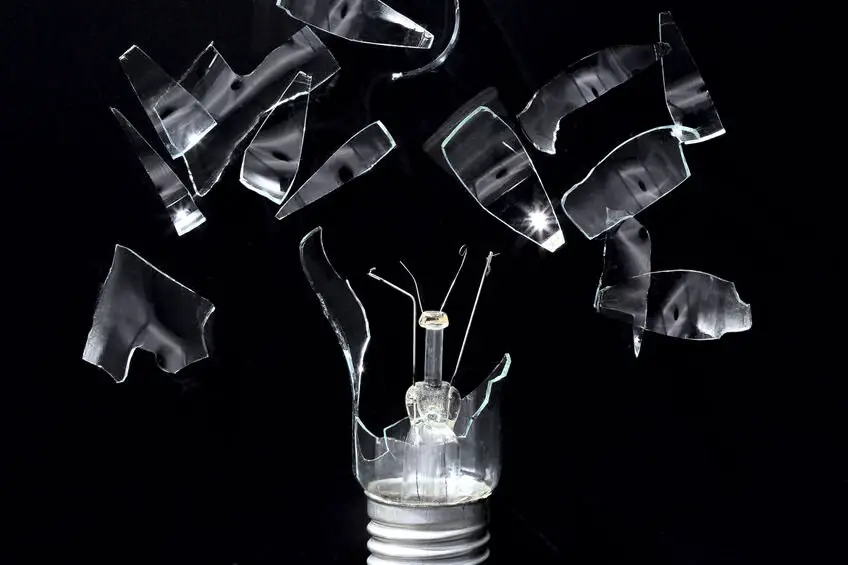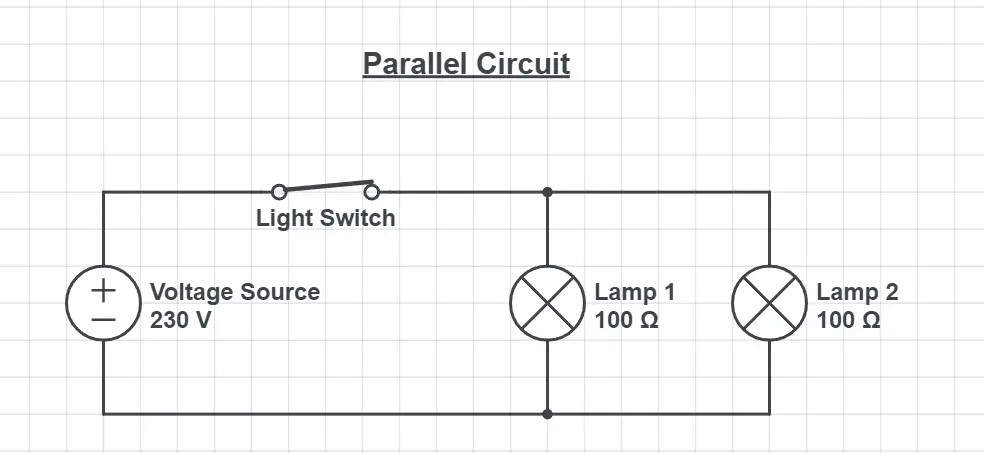What Types Of Light Bulbs Are Best To Use Outside?
If you are ever-changing out a light bulb or fitting in a new one outside, you may be wondering what bulbs are and aren’t suitable for this use. As you can imagine, some bulbs tolerate being installed outdoors better than others due to their ability to survive in worse conditions the outdoors present.
The bulb types that are best suited for outdoor use are LEDs, halogen and sodium-based lamps. This is because these bulbs have qualities such as resistance to cold and resistance to vibrations which make them suitable for outdoor use, with LEDs excelling the most in these aspects.

Contents
Which Light Bulbs Are Best To Use Outside?
There are many modern-day lighting options which work well for outdoor use. While most modern lighting solutions will work when installed outside, some bulbs are way better for the application than others.
Below we will go through some standard bulbs and discuss how and why they are well-suited to be installed outside.
LED Bulbs
The first bulb type to discuss is the LED (Light Emitting Diode). LED lighting is based on small diodes which individually produce light, which is then placed together in chips to produce a more balanced and larger quantity of light.
LEDs are great for outdoor use. While most bulbs actually require some sort of heat in order to produce light LEDs don’t, which makes them great for use outdoors since they won’t fail due to the cold of harsh winters.
LEDs generally operate between temperatures of 20-80 °C (68-140°F) while incandescent bulbs operate at temperatures as high as 2500 °C (4600 °F) for comparison. This is because incandescent bulbs need high heat to glow whereas LEDs produce light via electroluminescence.
Electroluminescence within physics can be defined as the process of a material producing photons (light particles) as the result of an electrical current passing through it, which is exactly what happens in the case of LEDs. In fact, LEDs are more efficient at producing light the cooler they are since heat increases electrical resistivity.
Another reason why LEDs are good to use outdoors is that they are very efficient at converting energy into light. about 80% of the energy a LED receives will be turned into light as opposed to the 5% that is achieved with incandescent bulbs.
LEDs are also good for outdoor use since their lifespan is very long. A part of having lighting outdoors is maintenance, and ideally, you want to do as little of it as possible. LEDs suit this very well since they can last well over 100 000 hours without needing to be changed.
Halogen Bulbs
Another good option for outdoor lighting is halogen bulbs. Halogen bulbs are essentially just incandescent bulbs augmented with halogen gas, which allows them to run at hotter temperatures and therefore increase their efficiency.
While LEDs are able to resist the cold by being more efficient when cool, halogen bulbs resist it by simply overpowering the cold with their own heat.
Halogen bulbs reach internal temperatures of around 2500-2700 °C (4600-4892 °F), which in practicality means that no matter how cold it gets these bulbs will always be able to heat up and produce light assuming it isn’t broken.
That said, halogen bulbs are not nearly as good for outdoor use as LEDs are. While they are reliable bulbs there are many aspects in which LEDs simply outperform them.
This can mainly be said for lifespan and efficiency. A halogen bulb only lasts roughly upwards of 5000 hours and only converts between 10-20% of its inputted energy into light.
Sodium Bulbs
Another option for outdoor lighting is sodium-based lamps. While these lamps are not very common for home use they are very suitable for outdoor lighting.

Normally these bulbs are used for streetlights since they are highly efficient and last a fairly long time. The efficiency of these bulbs is close to that of LED and they are able to last over 20 000 hours.
The main caveat with these bulbs is the light they produce is generally pretty monochromatic. LEDs and halogen bulbs have a somewhat even spectral distribution, meaning that they produce similar proportions of light of all colours, which creates a softer white light.
In the case of sodium bulbs, it is a bit different. Sodium itself is a yellow material and when it is the main component for creating light the light it creates also comes out to be yellow.
If this doesn’t bother you sodium bulbs are a great alternative to LEDs, but generally speaking LEDs are preferred due to their longer lifespan and more natural light formation.
Light Bulb Types To Avoid Using Outside
While we have discussed which bulbs are good choices for the outdoors we should also discuss some bulbs in which to avoid using outdoors.
All bulbs are different in their own way and some are going to be better suited for outdoor use than others. Here are the most common bulbs which you should avoid using outside.
CFL Bulbs
The main bulb you should avoid using outdoors is CFL (Compact Fluorescent) bulbs. The reason for this mainly has to do with the process of activating these bulbs.
These bulbs use a ballast which stores an electrical charge which is then discharged into the bulb, causing it to “ignite” and produce light.
The problem is that in order for the ballast to charge and discharge properly it requires an environment that is not too cool due to how heat is a requirement for the discharge to function properly.
So, while these bulbs may work during most seasons they are liable to failure during the colder months of the year. There are versions of CFL bulbs that are made for the cold like Cold Cathode Fluorescent Lamps (CCFL) but overall you are better off going with one of the options named above.
Incandescent Bulbs
The last bulb to discuss is the use of incandescent bulbs. While incandescent bulbs do in fact function with no issues outdoors, that is not why you should not use them.
The reason you shouldn’t use incandescent bulbs, in general, is that they are highly inefficient. They transform very little of the inputted electrical energy into light and only last upwards of 1500 hours.
An incandescent bulb will function outdoors the same way a halogen bulb will. It will work and be reliable in its service, but will ultimately be far less efficient than the other options mentioned for the reasons named.
Click here for a full article on How Incandescent Bulbs Are Inefficient for a more detailed explanation of why incandescent bulbs are less efficient than their competition.
Summary
To quickly summarize this article, here are the main takeaways to keep in mind:
- The absolute best option currently widely available for outdoor lighting is LEDs. LEDs are very reliable as they last a long time and are very efficient at producing light.
- Halogen and sodium bulbs are good substitutes if LED bulbs are not an option. The one you pick should depend on the tradeoffs in the light quality that you are willing to make.
- You should avoid using CFL bulbs outdoors since they generally are not made to endure cold weather and will most likely not function properly or break at worst.
- Avoid using incandescent bulbs outside as well as overall since they are generally very inefficient and obsolete when compared to other available light sources.





